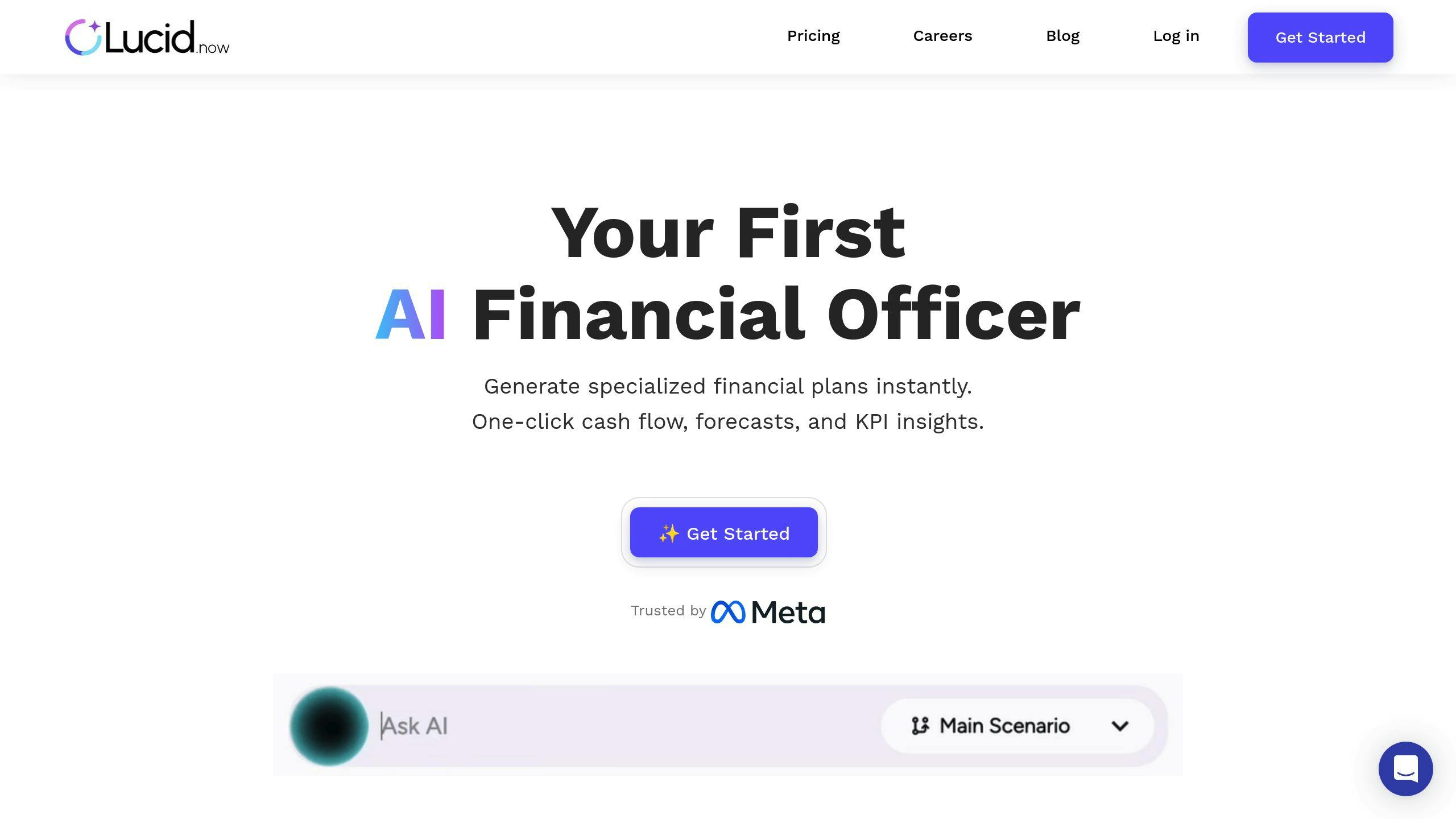Struggling to choose between custom APIs and off-the-shelf solutions? Here’s the quick answer:
- Custom APIs: Offer full control, scalability, and tailored features but come with high upfront costs ($50,000–$200,000+), longer development times (3–6 months), and require in-house maintenance.
- Off-the-Shelf APIs: Quick to deploy (1–2 weeks), cost less initially ($5,000–$25,000 annually), and include vendor support, but they lack flexibility and may not meet unique business needs or scale effectively.
Key Comparison Table
| Factor | Custom APIs | Off-the-Shelf APIs |
|---|---|---|
| Cost | $50,000–$200,000+ (upfront) | $5,000–$25,000 annually |
| Deployment Time | 3–6 months | 1–2 weeks |
| Flexibility | Fully customizable | Limited to pre-built features |
| Maintenance | Requires in-house team | Managed by provider |
| Scalability | Tailored to business growth | May face scalability limits |
| Security | Full control over measures | Vendor-dependent |
Quick Tip
Choose custom APIs if you need tailored solutions for complex, scalable operations. Opt for off-the-shelf APIs if you prioritize speed, lower costs, and vendor-managed support.
Read on for a detailed breakdown of costs, implementation, and real-world examples to help you decide.
Does Your Business Need a Custom API?
Defining Custom APIs and Off-the-Shelf Solutions
Custom APIs Explained
Custom APIs are designed specifically for a business's unique needs, giving complete control over how data is integrated and workflows are managed. These tailored solutions ensure a business can address its particular challenges effectively.
A great example is Metropolitan Health Services. They implemented a custom API system, which led to fewer data breaches and increased patient trust [2].
Off-the-Shelf Solutions Explained
Off-the-shelf APIs are pre-built and ready to use, making them quick to set up. RetailInsights provides a great case study here - they experienced a 20% increase in sales by using an off-the-shelf AI API during their market launch. However, they encountered some obstacles when scaling globally [2].
Understanding the trade-offs between these two options is key for businesses looking to streamline financial data integration.
| Feature | Custom APIs | Off-the-Shelf Solutions |
|---|---|---|
| Implementation Time | Longer development cycle | Quick deployment |
| Initial Cost | Higher upfront investment | Lower initial costs |
| Flexibility | Fully customizable | Limited to pre-built features |
| Maintenance | Requires in-house support | Managed by the provider |
| Scalability | Tailored to specific needs | May have scalability limits |
APIs and Financial Data Integration
Whether custom or off-the-shelf, APIs are essential tools for financial data integration. Custom APIs provide precise, automated solutions with complete control over data handling, making them ideal for addressing unique challenges. On the other hand, off-the-shelf APIs deliver ready-to-use, standardized integration points that suit more general applications [1].
Choosing between these two options depends largely on a business's goals, budget, and operational needs. Custom APIs demand higher upfront investment and dedicated maintenance but offer unmatched control and adaptability. In contrast, off-the-shelf solutions are cost-effective and quick to implement but may not meet all specific business requirements.
This comparison highlights the need to carefully weigh the pros and cons of each approach based on the organization's objectives and resources.
Comparing Custom APIs and Off-the-Shelf Solutions
Comparison Criteria
When choosing an API solution for financial management, businesses must weigh several key factors that can directly influence their operations and future growth. Here's what to consider:
Cost and Integration: Custom APIs involve a higher upfront cost but often pay off in the long run by reducing operational expenses and integrating seamlessly with your existing systems. In contrast, off-the-shelf solutions are more affordable at the start but may not provide the flexibility needed for specific business challenges [1].
Scalability: As businesses grow, their API needs often become more demanding. Custom APIs can evolve to support complex requirements, like handling multi-currency systems for global operations. Off-the-shelf options, however, might come with fixed limitations that could hinder expansion [2].
Security and Compliance: Financial organizations operate under strict regulations, such as GDPR and PCI-DSS. Custom APIs allow for precise security measures and compliance protocols to be built directly into the system. Tailored solutions have proven effective in reducing data breaches within regulated industries [2].
These factors are crucial in determining which API solution best aligns with your business goals.
Comparison Table
Below is a comparison of the key aspects of custom APIs versus off-the-shelf solutions:
| Factor | Custom APIs | Off-the-Shelf Solutions |
|---|---|---|
| Development Timeline | 3-6 months average | 1-2 weeks deployment |
| Initial Investment | $50,000-$200,000+ | $5,000-$25,000 annually |
| Customization Level | Full control over features | Limited to vendor options |
| Security Control | Full control over security | Provider-dependent |
| Integration Flexibility | Tailored to specific systems | Pre-configured connectors |
| Maintenance | Requires dedicated team | Managed by provider |
| Performance | Optimizable for specific needs | Standardized options |
| Regulatory Compliance | Customizable for regulations | May need additional tools |
Recent research indicates that businesses using custom APIs experience a 25-35% boost in operational efficiency within the first year. However, this comes with an initial cost that is 4-5 times higher than off-the-shelf options [1].
Additionally, the adoption of APIs in the financial sector is on the rise. The percentage of financial institutions prioritizing API investments grew from 35% in 2019 to 47% in 2021, reflecting a shift toward custom solutions [1].
sbb-itb-17e8ec9
Pros and Cons of Each Solution
Benefits of Custom APIs
Custom APIs give organizations full control over their financial data management systems. For example, Metropolitan Health Services cut data breaches by 60% by using a custom API tailored for HIPAA compliance, showcasing how specific security needs can be addressed effectively [3].
These APIs allow flexible integration, better security management, and the ability to scale as business demands grow. This makes them a strong option for tackling unique challenges.
Challenges of Custom APIs
Developing custom APIs can be expensive, with costs typically ranging from $50,000 to $200,000, and they often take 3-6 months to build. Beyond development, they also require dedicated teams for maintenance and ongoing infrastructure expenses.
For organizations looking for faster implementation or smaller budgets, pre-built solutions might be a more practical option.
Benefits of Off-the-Shelf Solutions
BrightBank saw a 40% drop in call center volume and a 20% boost in customer satisfaction scores after adopting a pre-built chatbot system [3].
Off-the-shelf solutions are known for their quick setup, fixed costs, automatic updates, and included support services. These features make them appealing for businesses with limited budgets or time constraints.
Challenges of Off-the-Shelf Solutions
Pre-built solutions come with trade-offs, including:
- Limited flexibility, requiring businesses to adjust their processes to fit the tool
- Difficulty supporting complex needs or rapid growth
- Dependence on vendors for updates, features, and support
Their lack of customization can complicate the integration of financial data across multiple systems. In some cases, businesses may need to combine several tools to meet their needs, which can increase both complexity and costs.
Choosing between these options requires weighing immediate priorities against future objectives.
Choosing the Right Solution: Key Considerations
Evaluating Business Needs and Goals
Deciding between custom APIs and pre-built solutions starts with understanding your organization's current needs and long-term goals.
Here are some important factors to weigh:
- Scalability and Compatibility: Can the solution handle growing data and operational demands while integrating with your existing systems?
- Budget Considerations: Compare upfront costs with ongoing operational expenses.
- Timeline for Implementation: Account for deadlines and the resources available for deployment.
Once you've clearly outlined your business needs, the next step is to assess whether your internal team has the skills and resources to implement your chosen solution.
Assessing Resources and Expertise
Understanding your team's capabilities is crucial for a smooth implementation. Companies with robust technical teams may opt for custom API development, while those with limited IT resources might lean toward pre-built solutions.
Here’s a breakdown of what each option typically requires:
| Resource Category | Custom API Needs | Pre-Built Solution Needs |
|---|---|---|
| Technical Expertise | Skilled developers, API architects | Basic IT support staff |
| Infrastructure | Custom hosting, advanced security | Standard connectivity |
| Support Model | Internal maintenance | Vendor-provided support |
For those looking for a middle ground, hybrid platforms can offer a practical mix of customization and ease of use.
The Role of AI-Powered Platforms like Lucid Financials

AI-driven platforms such as Lucid Financials combine the best of both worlds: offering tailored functionality without the need for extensive development. These platforms deliver real-time integrations, scalable infrastructure, and actionable insights powered by AI.
Key benefits include:
- Customization without long development cycles
- Quick deployment tailored to specific business needs
- Cost-efficient scaling to match organizational growth
For businesses aiming to balance flexibility with fast implementation, these platforms provide a smart alternative that meets both technical and operational goals.
Conclusion
Key Takeaways
Custom APIs offer unmatched control and allow organizations to design features tailored to their workflows. However, they require a considerable upfront investment and technical expertise. On the other hand, off-the-shelf solutions are quicker to implement and come with lower initial costs, but they might lack flexibility and scalability [1]. AI-driven platforms bridge this gap, offering custom features with faster deployment times [1][3].
Weighing these options carefully is crucial to selecting the right fit for your business goals and available resources.
Practical Considerations
Focus on these critical factors when making your choice:
Technical Needs vs. Available Resources
- Assess whether your team has the skills to handle complex integrations or whether outsourcing will be necessary.
- Look beyond initial costs to include ongoing expenses like maintenance and scaling [1][3].
Future Growth
- Think about how quickly your business is scaling and what future integrations might be needed.
- Determine if your solution can handle evolving market demands or stricter regulations. For instance, industries with heavy compliance requirements may lean toward custom solutions for better alignment with changing standards.
Timeline for Deployment
- Consider how urgently you need the solution while balancing the benefits of customization. Hybrid approaches can sometimes offer the best of both worlds.
Platforms like Lucid Financials are an example of tools that combine ease of use with some level of customization. The best results often come from clearly identifying your organization's priorities and selecting solutions that not only meet current needs but can also grow with you.


